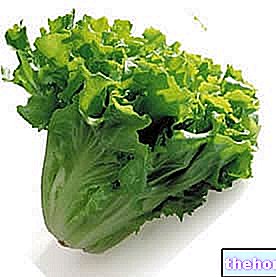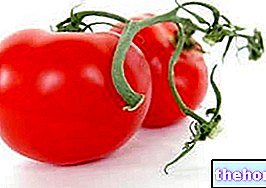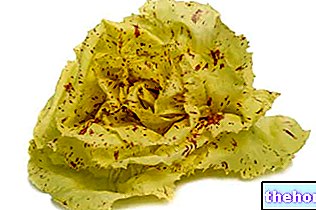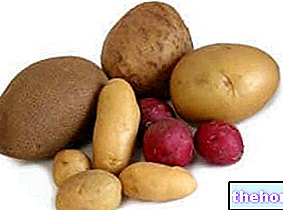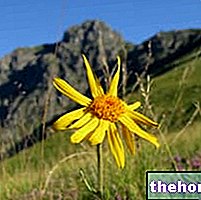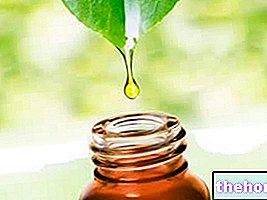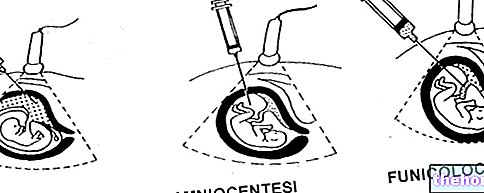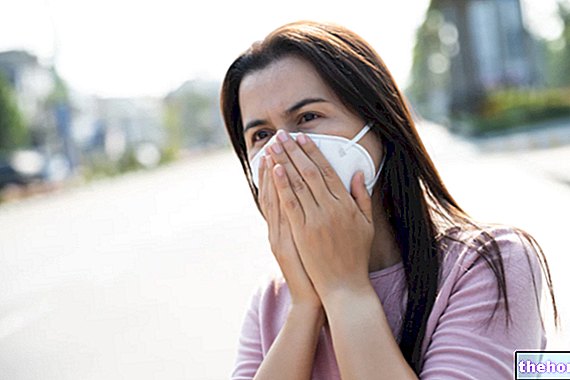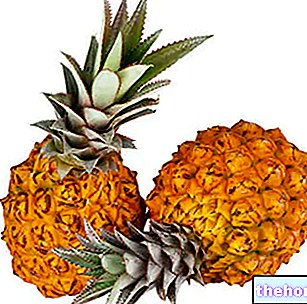Champignons, like other mushrooms, do not belong to any of the VII fundamental food groups. They have mostly negligible nutritional properties, with a few exceptions such as the modest content of the mineral vitamin D zinc. Champignon mushrooms can be eaten raw or cooked, with the function of main or secondary ingredient, in various recipes included in the groups of: appetizers, first courses, main courses and side dishes.
Even mushrooms can have some contraindications. Many are unaware that all mushrooms produce toxins. Some, as in this case, are harmless to humans; nevertheless, in particular situations, it is advisable to avoid them or significantly reduce them. The number of warnings increases if the mushrooms are harvested in the wild instead of coming from official farms.
Of the Agaricaceae Family (from the Greek agarikón = rural) and Genus Agaricus, there are various closely related species of fungi that are classified into two groups: with yellowing flesh and cuticle and with browning flesh and cuticle. The best known and most consumed species of champignons are:
- A. campestris: minor champignon. It is the most widespread. Its mutability meant that various forms or varieties were differentiated, for example the squamulosus
- A. arvensis: greater champignon. The color tends to yellow and the stem is wider at the base
- A. bisporus: it is the real champignon. It has a brown, fibrillose cap covered with scales with an enlarged stem at the base
- A. bitorquis: has two separate rings in the stem.
Note: In Italy the term champignon is used as a synonym for champignon. In reality, even if almost no one is aware of this distinction, as we have already specified, the champignon would be a particular species of the Genus Agaricus.
The term champignon should mean only one type of edible and good quality mushrooms of the genus Agaricus (bisporus). However, there are very similar species inedible or even with toxic properties (such as A. xanthoderma). Moreover, in nature you can also find "apparently" similar but very poisonous mushrooms (as of the Genus Amanita).
it is mainly supplied by nitrogenous compounds, followed by carbohydrates and, to a lesser extent, by lipids. Proteins have a low biological value, meaning they do not contain all essential amino acids in the right quantities and proportions - in relation to the human model. Carbohydrates tend to be simple. Among the fatty acids, there is a prevalence of polyunsaturated ones and a minority of saturated ones; monounsaturated are absent.The fibers, present in abundant quantities, are fundamentally insoluble; they are accompanied by other molecules of the prebiotic type. Champignon mushrooms do not contain cholesterol; they are also totally free of lactose and gluten, while the concentration of histamine is still to be clarified.
The champignon mushrooms contain a fair concentration of the water-soluble belonging to group B called niacin (vit PP); however, that of the fat-soluble called cholecalciferol or vitamin D is also appreciable. Regarding the mineral salts, the levels of zinc, potassium and phosphorus are appreciated.

Champignons, Whites, Raw
Nutritional values per 100 g
Total carbohydrates
3.26 g
Starch
17.0µg
0.04µg
0.2µg
0.01 mg
0.0µg
Magnesium
* Percentages (approximate) refer to the US (US) recommended ration for the adult population.
and for metabolic diseases. On the other hand, the low energy value, the abundance of fiber, the absence of cholesterol and the neutral lipid profile contribute to making mushrooms recommended in the diet against: overweight, type 2 diabetes mellitus, hypertriglyceridemia, hypercholesterolemia and hypertension. Note : an exception is made for mushrooms in oil, which are more fat and caloric than fresh ones. Having an average purine content, they are occasionally allowed and in moderate portions even in the diet for hyperuricemia and gout.The abundance of fibers and prebiotic components (nourishment for the intestinal bacterial flora) make champignon mushrooms excellent allies to prevent and treat constipation or constipation. colon, their relevance also extends to the prevention of these circumstances. Instead, it is advisable to limit them in case of irritable colon, colitis and diarrhea in general.
On the other hand, it would be advisable to avoid large quantities of champignons in the nutritional regime to prevent histamine intolerance. According to some insights, edible mushrooms should not contain histamine; however, yeasts and molds, with which they are closely related, are very rich. , mushrooms would be endowed with a potential called histaminoliberator; in case of intolerance, therefore, it would not be the alimentary content of histamine, but rather the ability to increase it indirectly inside the organism. This explains the indecision in advising them or not. mushrooms in the diet against histamine intolerance.
For safety reasons, during pregnancy and breastfeeding they should be avoided in portions and with too generous frequency of consumption (read the dedicated article by clicking here). This recommendation arises above all from the principle according to which, as anticipated, all mushrooms produce toxins Those of the champignon should be harmless to humans but, since it is also "the dose that makes the poison", particular caution is recommended. During pregnancy it would also be advisable to prefer cooked mushrooms to raw ones, as any protein toxins are deactivated thanks to the heat. Note: especially in such conditions, it is absolutely not advisable to eat mushrooms harvested in the wild. First of all because there is always the possibility that they are inedible, toxic or poisonous species; secondly, because wild mushrooms, especially when grown in high-risk areas, can constitute real "reservoirs" of pollutants; for example of lining, if taken from the roadside, or of pesticides, if found in orchards or cultivated fields.
The mushrooms are suitable for diets against gluten and lactose intolerance. They have no contraindications for the vegetarian, vegan diet, for philosophies and religions of any kind.
The average portion of champignon mushrooms (white cap) is about 100-200 g (20-45 kcal).
and flakes of parmesan cheese (or parmesan). The champignon salad in strips, rocket and parmesan flakes, also dressed with extra virgin olive oil, lemon juice or balsamic vinegar, salt and ground black pepper, is often associated with cut of meat (beef) or fish (tuna or swordfish) grilled, veal carpaccio, salted meat and sliced bresaola.
Champignons can be cooked in various ways. Cut into pieces, they can be sautéed in a pan with oil, garlic, salt, ground black pepper and fresh parsley; they are both a side dish and a sauce for pasta dishes based on dry pasta or polenta. They are excellent in risotto, on pizza (at the entrance or at the exit) or in the stuffed calzone.
The mushrooms can also be prepared in the oven (hats filled with flavored breadcrumbs and chopped stems), grilled or grilled (natural) and fried (simply floured or battered).
On the market, champignons are mainly found bred, in raw, frozen form (mainly in mixed mushrooms) and in jars in oil.
The wine pairings, mainly made up of white wines, change according to the recipe.
they are ocher.The gills, placed under the cap, are white or pink before opening and brown, chocolate-colored, as are the spores after hatching. The stem, surrounded by a ring, can be more or less stocky depending on the development. norleucinica), proxima, strobiliformis And greenish, which to an inexperienced eye may look similar.
Compared to the aforementioned of the Gender Amanita and TO. xanthoderma, champignons are distinguished by:
- Pink gills with closed cap and brown with open cap; the Amanita ovoidae And greenish on the other hand, they are provided with completely white lamellas even when the hat is open
- Color over the cap white, light brown or pale yellow. L"Greenish Amanita it is chromium-yellow instead. Amanita ovoidae, strobiliformis And proxima instead, unfortunately, they have the same color as the field mushrooms (the brown champignon, therefore, can be more easily recognized)
- Stem that does not color to the touch and to the cut, while A. xanthoderma quickly turns yellow at the base
- Delicate aroma of humus and grass. A. xanthoderma on the other hand, it has a typical acrid odor of Indian ink or carbolic acid.
Note: the species A. arvensis it can be easily recognized because, after being touched with the fingers, it stains yellow and releases a typically aniseed smell.
wooded.Traditionally considered saprophytic fungi, champignons (or at least some species) can establish a symbiotic relationship with herbaceous or arboreal plants.

